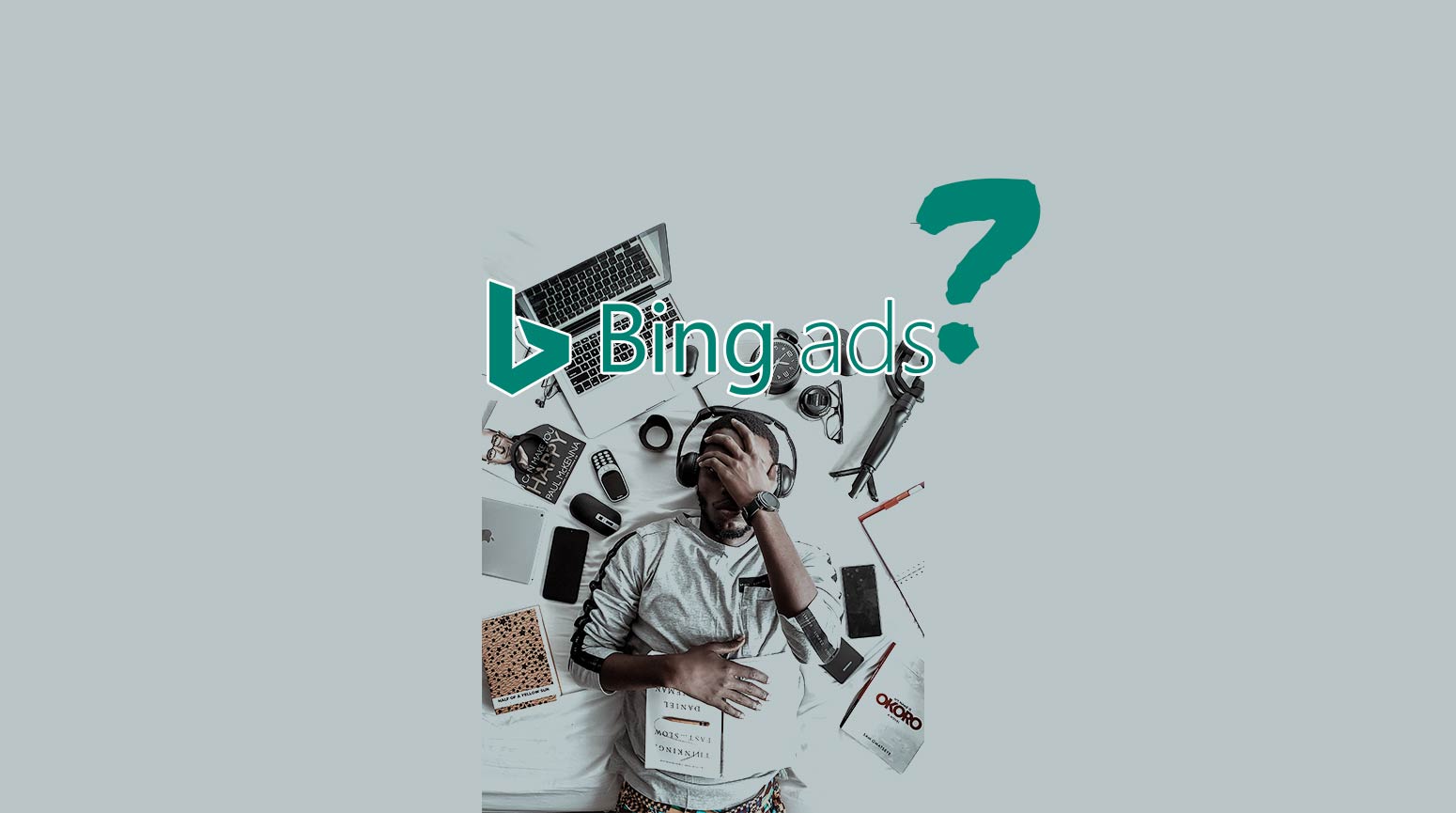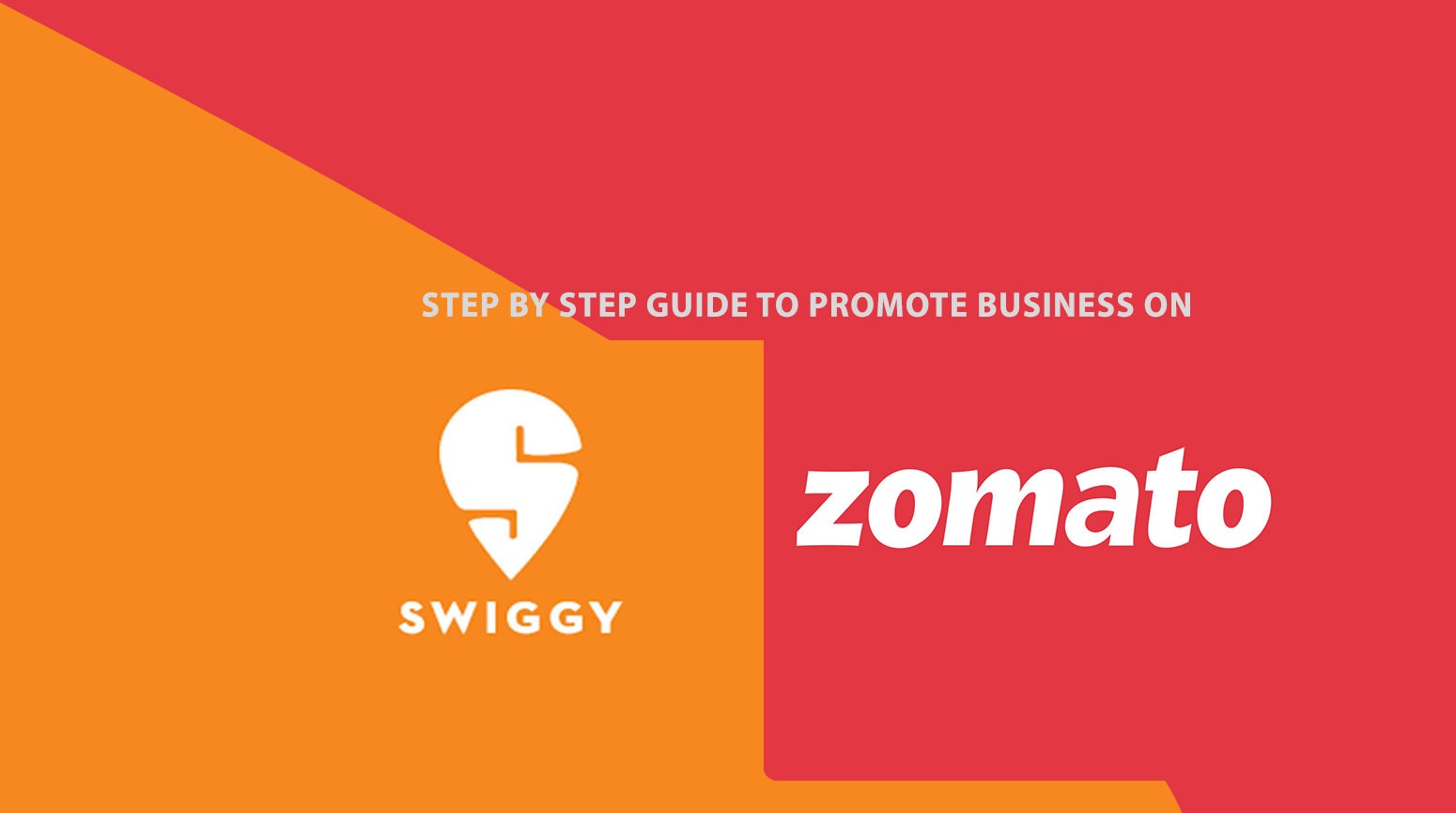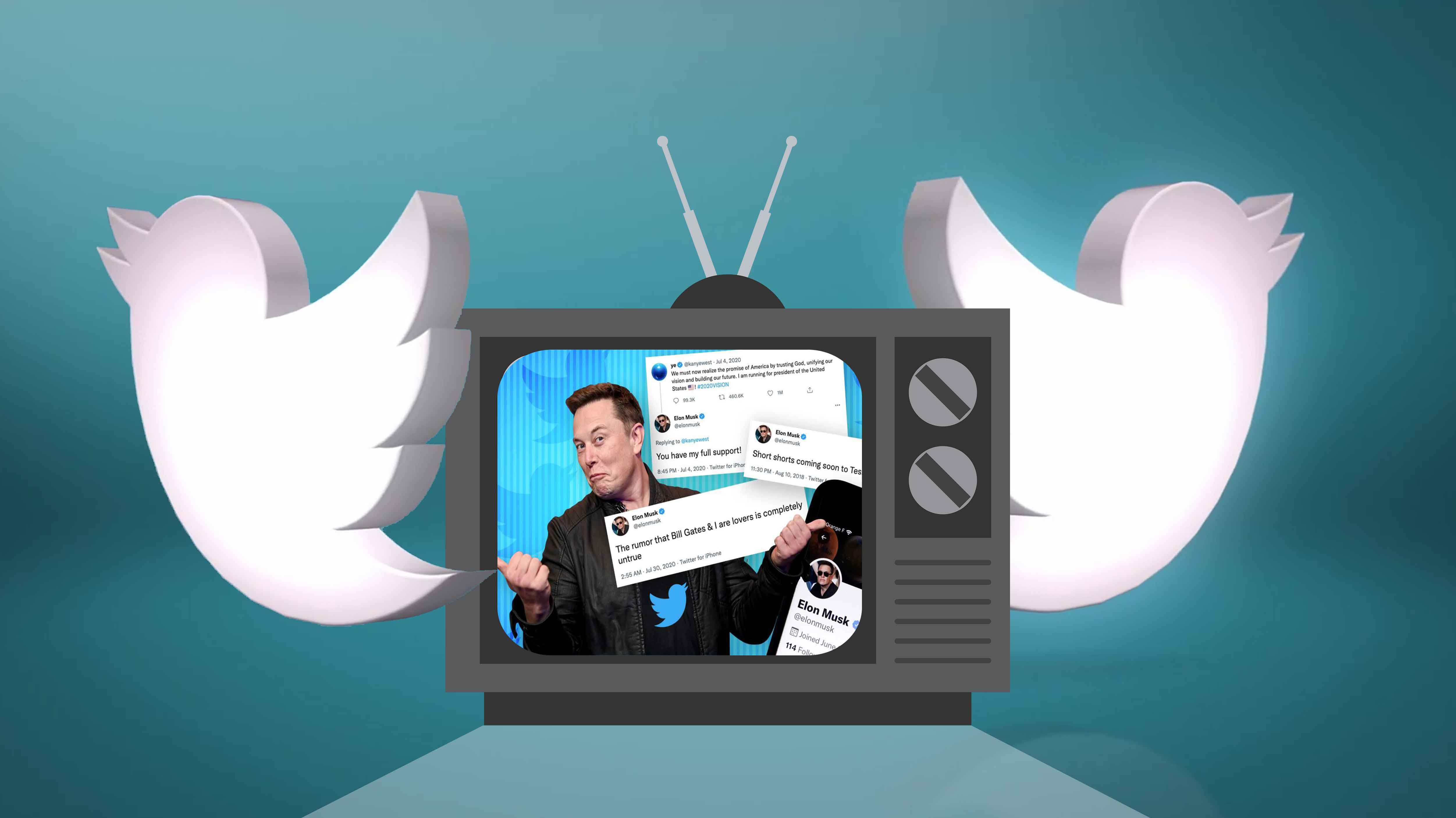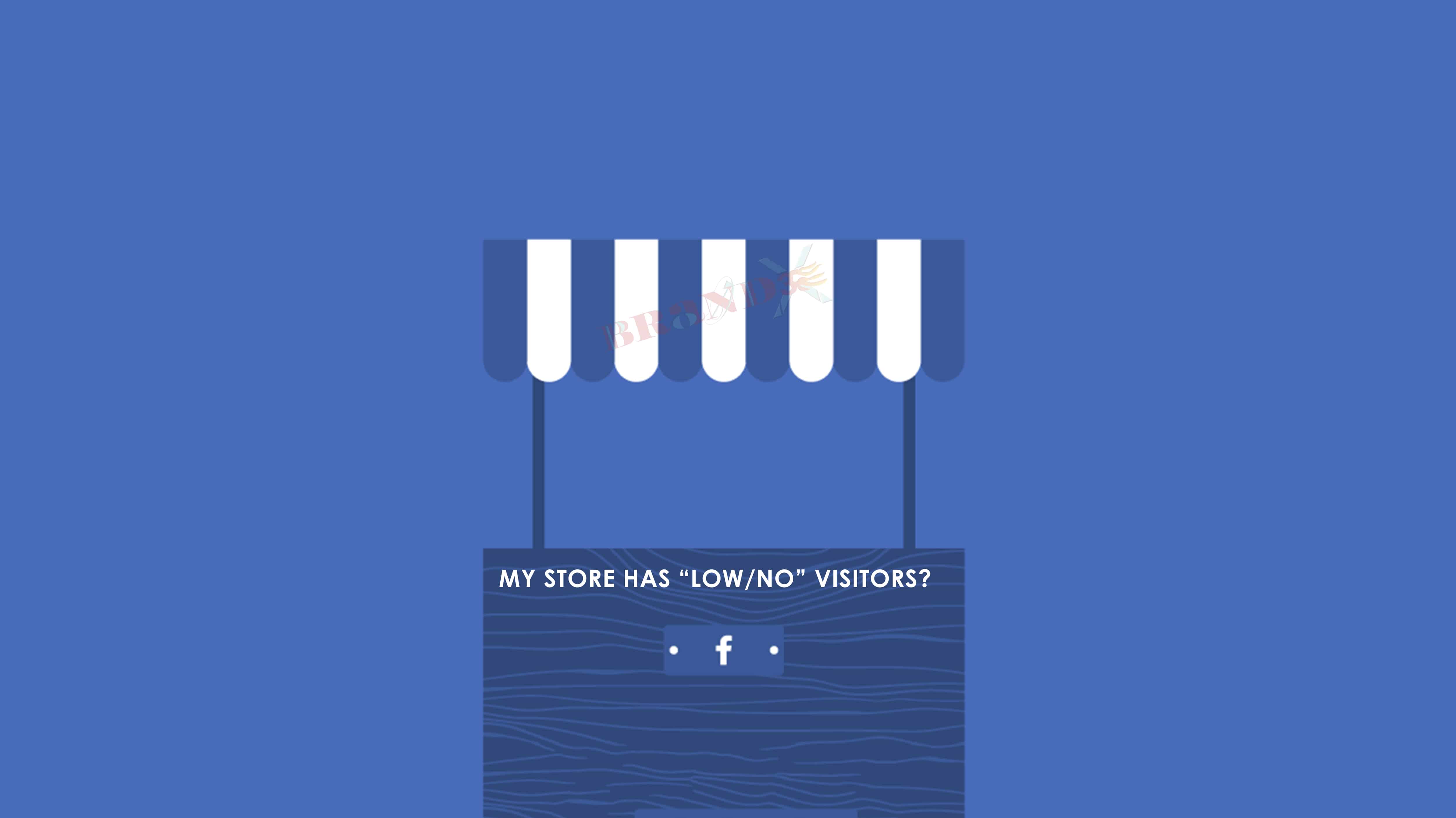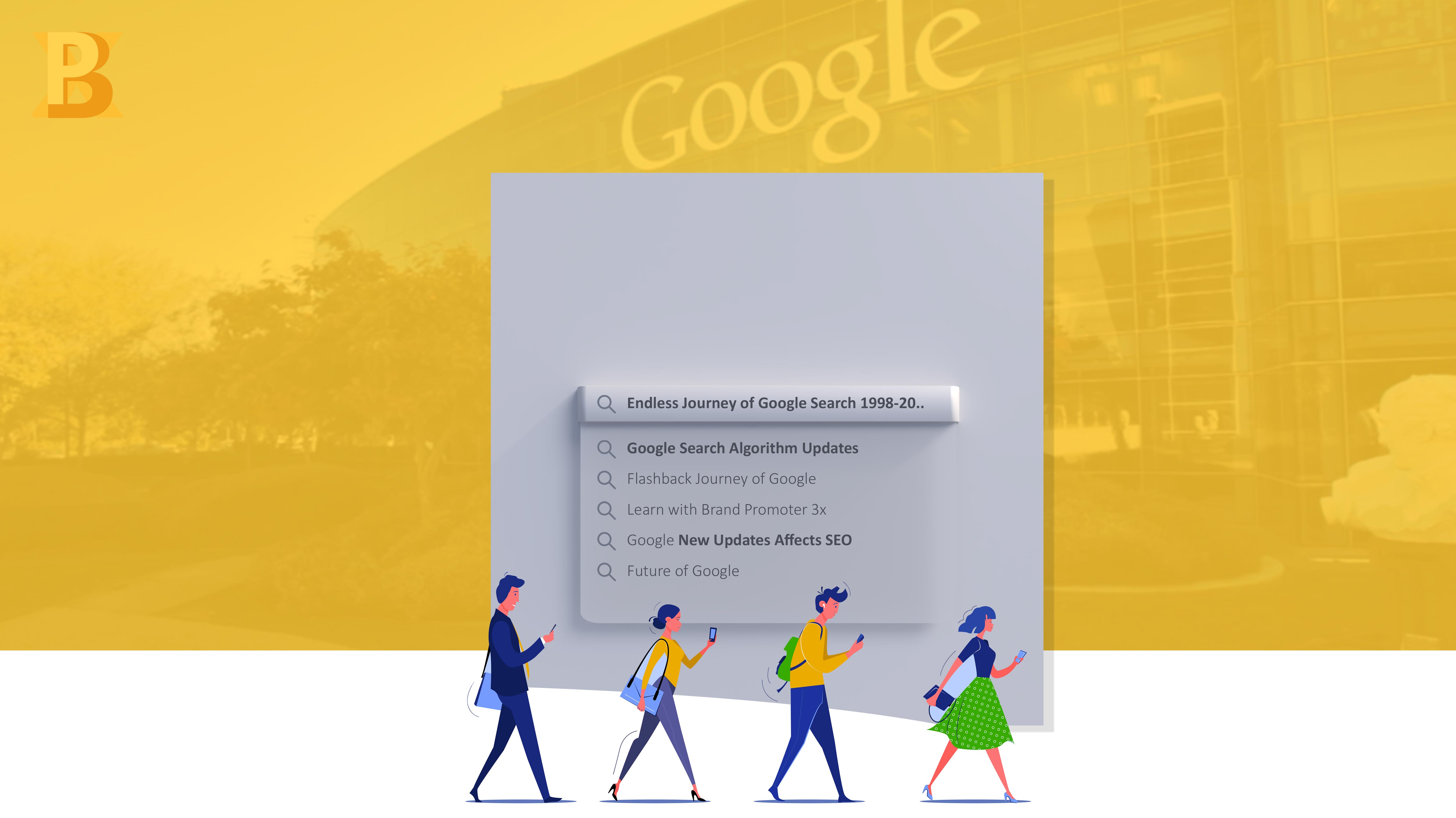Making the Right Move: Comparing Social Media Advertising Platforms (Meta, LinkedIn, Twitter, Snapchat, YouTube, TikTok) for Business Success
Introduction
Today, Brand Promoter 3x Research team come back with new adventure of Ads Platform, with 2023 updated analytics. Selecting the most suitable social media advertising platform is crucial for businesses aiming to maximize their online presence and reach their target audience effectively. This article offers a comparative analysis of popular platforms, including Meta (formerly Facebook and Instagram), LinkedIn, Twitter, Snapchat, YouTube, and TikTok. By examining real-life examples and presenting relevant facts and figures, we aim to assist businesses in making informed decisions about their social media advertising strategies.
1. Meta (Facebook and Instagram)
Meta, encompassing Facebook and Instagram, boasts a combined user base of over 7 billion monthly active users. These platforms provide vast audience reach, powerful targeting options, extensive ad formats, and robust analytics. Many businesses have achieved significant success through Meta ads, including increased brand awareness, higher engagement rates, and improved conversions.
Case Study 1: Airbnb
Objective: Increase brand awareness and drive bookings.
Strategy: Airbnb used Meta (Facebook and Instagram) ads to target travelers interested in unique accommodations. They showcased high-quality visuals of their listings and used personalized messaging to engage with potential customers.
Results: The campaign resulted in a 13% increase in bookings and a 15% lift in brand awareness. Airbnb attributed the success to the precise targeting options and engaging ad formats offered by Meta platforms.
Case Study 2: BarkBox
Objective: Boost sales and acquire new customers.
Strategy: BarkBox, a subscription-based dog products company, leveraged Meta (Facebook and Instagram) ads to target dog owners with a love for unique pet products. They used creative visuals and compelling copy to capture attention and drive conversions.
Results: The campaign generated a 20% increase in sales and a 30% growth in new customer acquisition. The precise targeting capabilities and wide audience reach of Meta platforms played a key role in BarkBox's success.
2. LinkedIn
LinkedIn, the leading professional networking platform, boasts over 930 million users, making it ideal for B2B advertising and targeting professionals. Businesses have leveraged LinkedIn ads to build industry authority, generate quality leads, and promote thought leadership. According to LinkedIn, 4 out of 5 users drive business decisions in their organizations.
Case Study 1: HubSpot
Objective: Generate high-quality B2B leads for their marketing automation software.
Strategy: HubSpot utilized LinkedIn ads to target marketing professionals and decision-makers in businesses of various sizes. They created sponsored content, such as informative articles and whitepapers, to establish thought leadership and attract relevant leads.
Results: The campaign resulted in a 30% increase in lead generation and a 20% improvement in lead quality. The professional targeting options and the business-focused nature of LinkedIn contributed to HubSpot's success.
Case Study 2: General Electric (GE)
Objective: Increase brand awareness and engagement in the B2B sector.
Strategy: GE used LinkedIn Sponsored Content and InMail ads to target industry professionals and promote their innovative technologies and solutions. They showcased success stories and thought-provoking content to engage their audience.
Results: The campaign generated a 33% increase in brand awareness and a 20% boost in engagement with GE's content. LinkedIn's ability to reach professionals in specific industries proved instrumental in achieving GE's objectives.
3. Twitter
With over 540 million monthly active users, Twitter offers real-time engagement and quick dissemination of information. It is particularly effective for brand awareness, customer engagement, and driving website traffic. Businesses have utilized Twitter ads to enhance brand visibility, launch products, and engage in meaningful conversations with their target audience.
Case Study 1: Oreo
Objective: Drive brand engagement and increase social media buzz.
Strategy: Oreo launched a Twitter ad campaign during the Super Bowl, leveraging real-time marketing and creative visuals. They engaged with the audience by posting timely tweets related to the game and incorporating their brand message.
Results: The campaign generated over 100,000 retweets and significant brand mentions, leading to a 20% increase in Twitter followers and heightened brand visibility.
Case Study 2: Samsung Mobile
Objective: Promote a new product launch and drive website traffic.
Strategy: Samsung Mobile used Twitter ads to target tech-savvy users interested in smartphones. They promoted teaser videos, interactive content, and giveaways to generate excitement and encourage users to visit their website.
Results: The campaign resulted in a 30% increase in website traffic and a 15% boost in product inquiries. Twitter's real-time nature and the ability to target specific user interests played a significant role in the success of Samsung Mobile's campaign.
4. Snapchat
Snapchat, popular among younger demographics, reaches over 293 million monthly active users globally. The platform offers engaging ad formats, such as augmented reality (AR) lenses and filters, allowing businesses to create unique and interactive experiences. Brands targeting younger audiences have found success on Snapchat, with examples of increased brand affinity and viral campaigns.
Case Study 1: Gatorade
Objective: Increase brand engagement among younger demographics.
Strategy: Gatorade launched a sponsored lens campaign on Snapchat during major sporting events. The interactive lens allowed users to virtually pour a Gatorade bottle over their heads. They also partnered with popular athletes to create engaging content.
Results: The campaign garnered over 100 million views and increased brand engagement by 20%. The unique and interactive nature of Snapchat's ad formats helped Gatorade connect with their target audience effectively.
Case Study 2: Taco Bell
Objective: Drive foot traffic to restaurants and increase sales.
Strategy: Taco Bell used Snapchat's geofilter feature to target users near their restaurant locations. They created fun and branded filters that users could apply to their snaps, increasing brand visibility and driving customers to their stores.
Results: The campaign resulted in a 30% increase in store visits and a 15% boost in sales. Snapchat's geofilter feature allowed Taco Bell to reach a local audience effectively and drive offline conversions.
5. YouTube
As the second-largest search engine, YouTube attracts over 2.5 billion logged-in monthly users. It offers a wide range of ad formats, including skippable and non-skippable ads, enabling businesses to showcase their products or services through engaging video content. YouTube ads have helped businesses drive brand awareness, increase website traffic, and achieve higher conversions.
Case Study 1: GoPro
Objective: Showcase product features and inspire user-generated content.
Strategy: GoPro utilized YouTube's TrueView ads to showcase their action cameras in real-life scenarios. They encouraged users to share their own GoPro footage and created a series of captivating videos highlighting user-generated content.
Results: The campaign generated millions of views and led to a 25% increase in user-generated content submissions. YouTube's wide reach and video-centric platform allowed GoPro to connect with their audience and foster a sense of community.
Case Study 2: Blendtec
Objective: Increase brand awareness and highlight product durability.
Strategy: Blendtec created a YouTube series called "Will It Blend?" where they blended unusual objects using their blenders. The entertaining and viral nature of the videos helped create buzz around the brand and showcase the durability of their products.
Results: The campaign garnered millions of views and significantly increased brand awareness. Blendtec's YouTube series became a viral sensation, leading to a 40% increase in blender sales.
6. TikTok
TikTok, a rapidly growing platform with over 1 billion monthly active users, focuses on short-form video content. It provides an opportunity for businesses to tap into younger demographics and create engaging and entertaining ads. Several brands have witnessed viral success on TikTok, resulting in increased brand recognition and a surge in sales.
Case Study 1: Fenty Beauty
Objective: Increase brand awareness and engagement among a younger audience.
Strategy: Fenty Beauty collaborated with popular TikTok influencers to create makeup tutorials, challenges, and behind-the-scenes content. They utilized TikTok's short-form video format to showcase their products and engage with their target audience.
Results: The campaign resulted in millions of views, user-generated content, and a 30% increase in brand mentions. Fenty Beauty successfully tapped into TikTok's trend-driven community and reached a younger demographic effectively.
Case Study 2: Gymshark
Objective: Drive e-commerce sales and promote fitness apparel.
Strategy: Gymshark partnered with fitness influencers on TikTok to create workout routines, styling videos, and fitness challenges featuring their products. They leveraged TikTok's algorithm to reach a wider audience interested in fitness and athleisure.
Results: The campaign led to a 50% increase in e-commerce sales and a significant boost in brand engagement. TikTok's ability to amplify content through its algorithm helped Gymshark achieve impressive results.
Conclusion
In conclusion, each social media advertising platform offers unique advantages and can be effective for businesses depending on their specific goals and target audience. Here's a summary of the key takeaways from the case studies:
- Meta (Facebook and Instagram) provides extensive reach, precise targeting options, and engaging ad formats, making it suitable for increasing brand awareness, driving conversions, and reaching a wide range of audiences.
- LinkedIn, being a professional networking platform, is highly effective for B2B lead generation, thought leadership, and targeting decision-makers in various industries.
- Twitter's real-time nature and ability to target specific user interests make it ideal for generating buzz, driving engagement, and reaching a younger and tech-savvy audience.
- Snapchat's interactive and visually appealing ad formats are perfect for engaging younger demographics, creating brand experiences, and driving foot traffic to physical locations.
- YouTube's video-centric platform allows for storytelling, showcasing products, and fostering a sense of community, making it suitable for increasing brand awareness, driving user-generated content, and reaching a broad audience.
- TikTok's trend-driven community and algorithm-driven content discovery present opportunities to reach a younger audience, generate viral content, and drive engagement and sales.
Ultimately, the choice of social media platform for advertising depends on the business's specific objectives, target audience demographics, and creative strategy. It's essential to analyze the strengths and capabilities of each platform, align them with business goals, and adapt strategies accordingly to maximize the impact of social media advertising campaigns.
If you’re in search of Social Media Ads Experts for your business? We would really happy to help you. To know more about us, feel free to Visit our services portal over the website.
It hardly takes your few minutes to check out our,other Related Blogs!
Save Our Website “Brand Promoter 3x” in your bookmarks ☆, if you really like the way our team explores.
Enjoy Time Journey! See You in NEXT blog…

